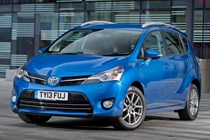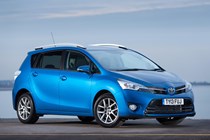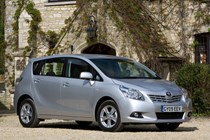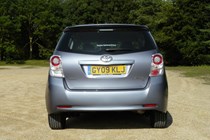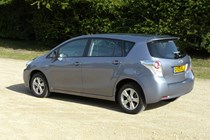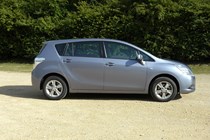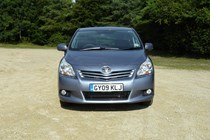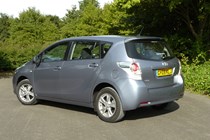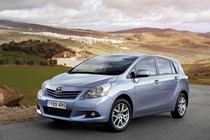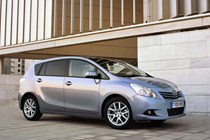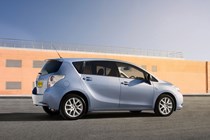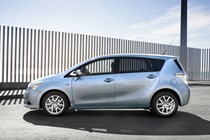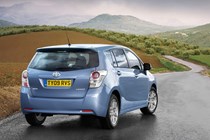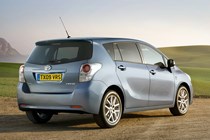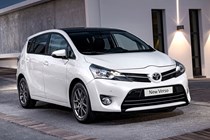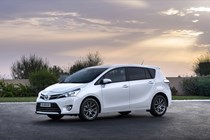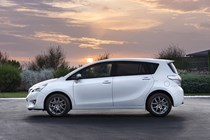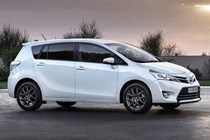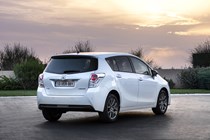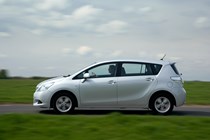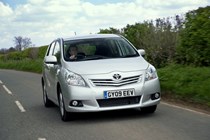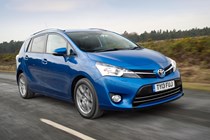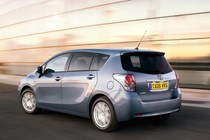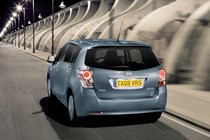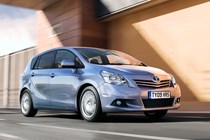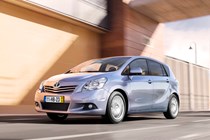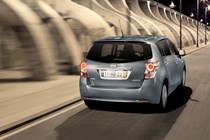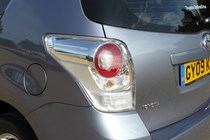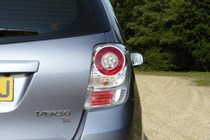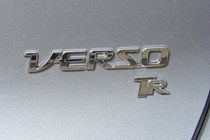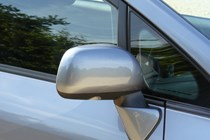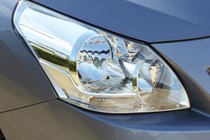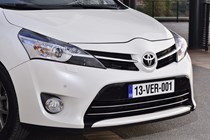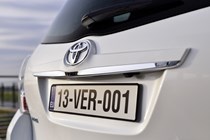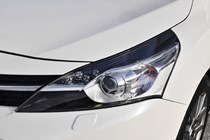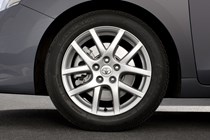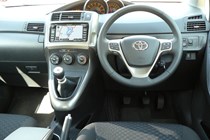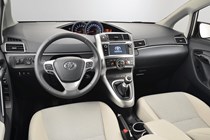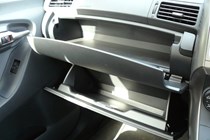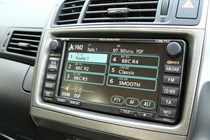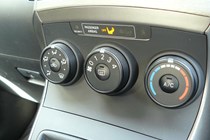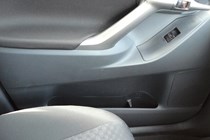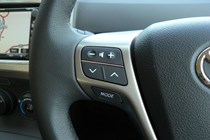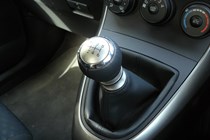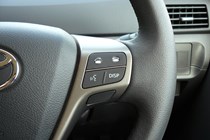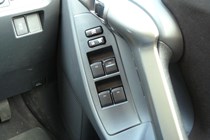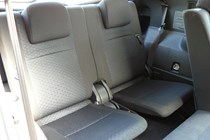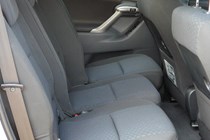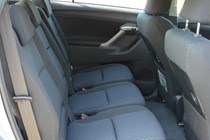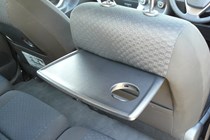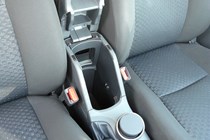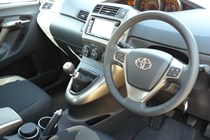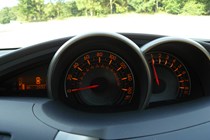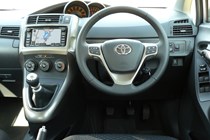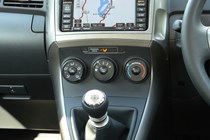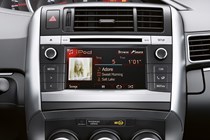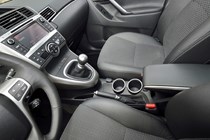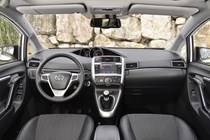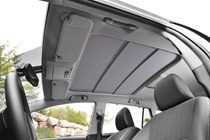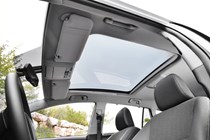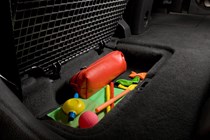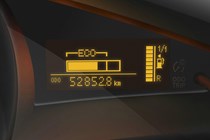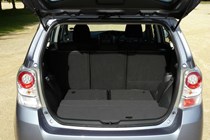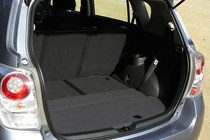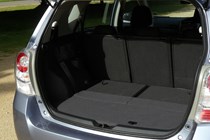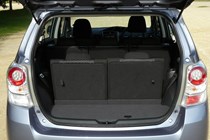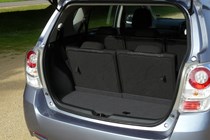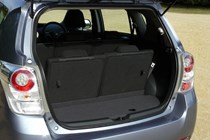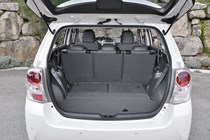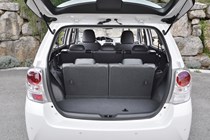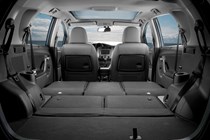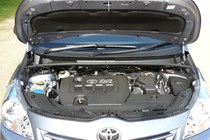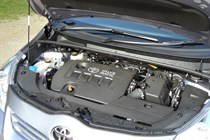
Toyota Verso Estate (2009-2018) engines, drive and performance
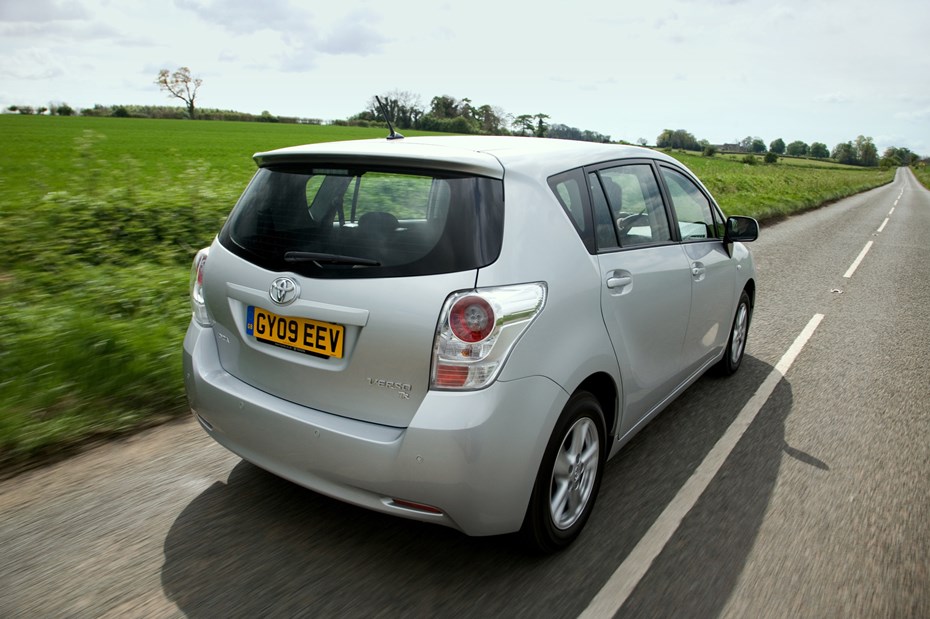
The Verso is currently available with a choice of three engines, one diesel and two petrols.
Toyota Verso performance was improved as part of the model’s refresh for the 2013 model year. Most notably, the popular 2.0 D-4D diesel engine had a few tweaks for a better response, lower emissions and quieter performance. A new turbocharger means improved pulling power, and both fuel consumption and CO2 emissions have improved to 57mpg and 129g/km respectively.
Replacing the 2.0-litre diesel from March 2014 was the BMW-built 1.6-litre D-4D. Smoother, quieter and more flexible, the new 110bhp produced 270Nm of torque from just 1,750rpm. It also returned an improved 62.8mpg and CO2 emissions of 119g/km.
The two ‘Valvematic’ petrol engines comprise a 1.6-litre unit with 130bhp and a 1.8 with 145bhp. The former can average 43mpg and emits 154g/km of CO2, while the latter now emits 159g/km (down from 164g/km) and averages 41mpg (up from 39mpg before).
The smaller engine is paired with a six-speed manual gearbox and the larger is now available only with a CVT automatic transmission.
Pre-2013 engine range
The original Verso engine range included one petrol and two diesels.
Initially there was just one petrol, a 1.8-litre with 147bhp and a 0-62mph time of 10.4 seconds with the standard six-speed manual gearbox. It’s smooth and revs freely, but doesn’t offer particularly strong pace and struggles to pull in-gear. It was also available with an automatic CVT gearbox called Multidrive S but, apart from town driving, it’s a frustrating gearbox to use and means the car spends a lot of its time at high – and noisy – revs. Fuel economy with both gearboxes is only average at 40mpg.
The 2.0-litre D-4D is a much better choice, especially if you spend time on the motorway. The 126bhp engine pulls well from low down, but is quiet and refined. On paper it’s not as quick as the petrol with a 0-62mph time of 11.3 seconds, but in everyday driving it’s far more relaxed and easier to drive while economy is a useful 51mpg.
The original range-topping engine was the 2.2-litre D-CAT with 150bhp. It’s the quickest version with a 0-62mph time of 10.1 seconds but was only available with an automatic gearbox and consequently economy is surprisingly low for a diesel at just 42mpg.
It’s obvious that the Verso was designed to provide excellent ride comfort and it certainly succeeds – on the motorway it cruises very smoothly. However it’s less composed in corners where there’s too much body roll, making it uncomfortable for passengers, especially those in the back.
The handling doesn’t instil the same confidence as other people carriers such as the Ford C-MAX or Mazda5 and the electric power steering robs the driver of feel. Cleverly, the steering column electronically filters out any vibrations from the front wheels, but this means it feels very artificial. On the plus side it’s very light at low speeds which makes tight manoeuvres, such as reverse parking or three-point turns, simple.
For the updated 2013 model, new suspension damper settings make the Verso a little more surefooted. The electric power steering has been adjusted for a little more feel, too.


